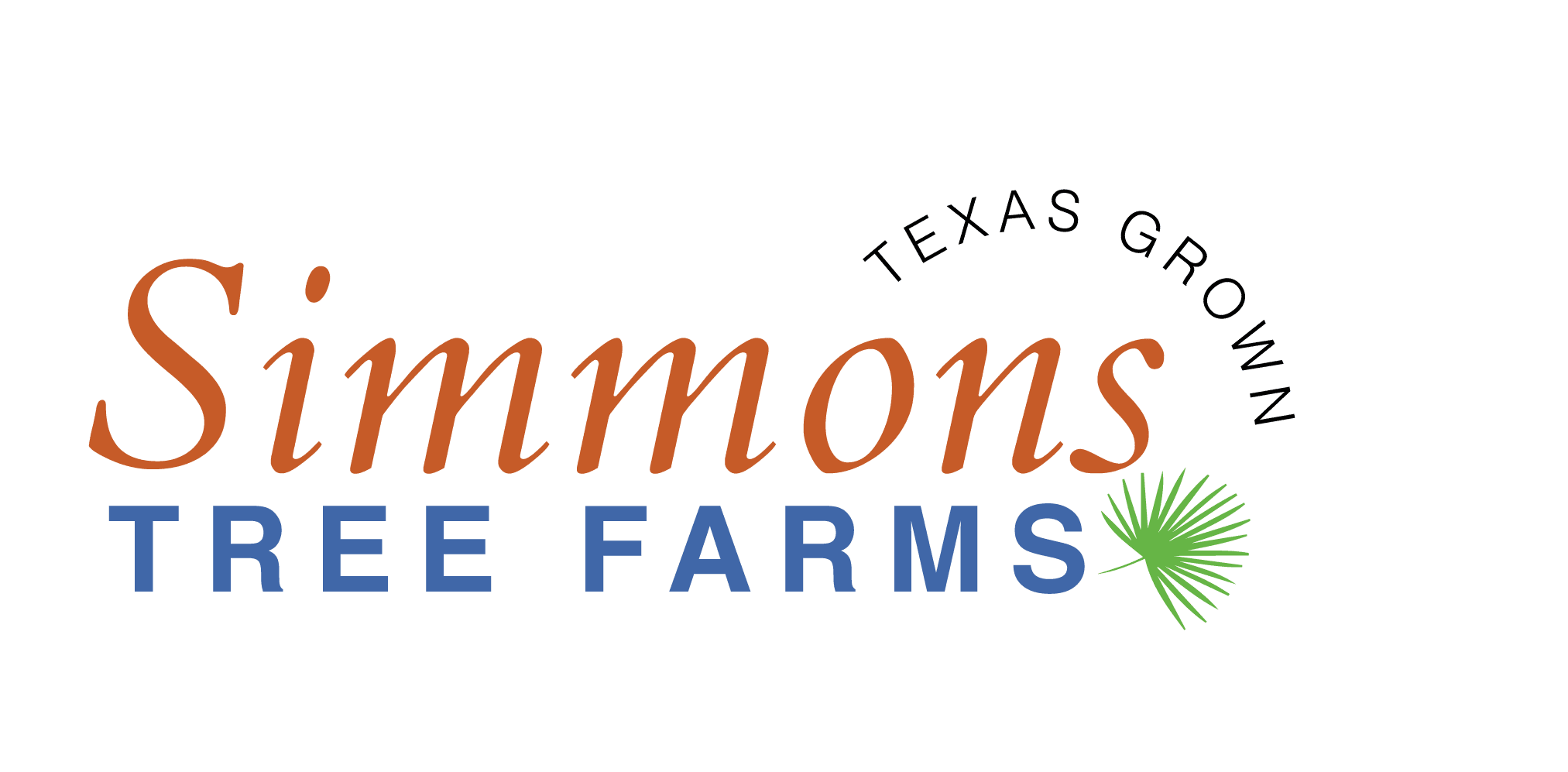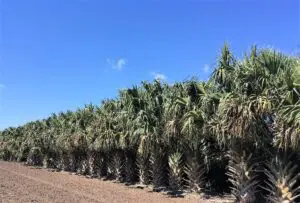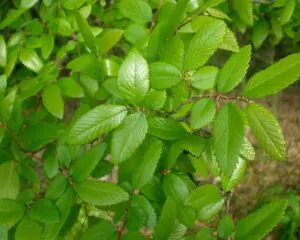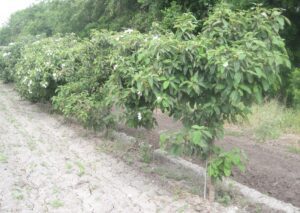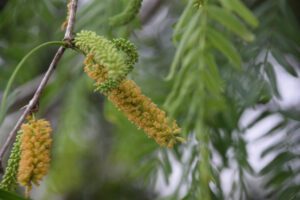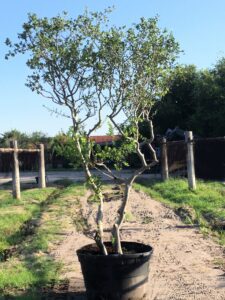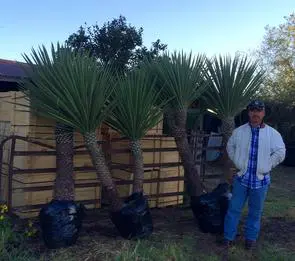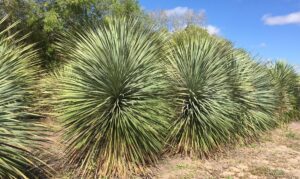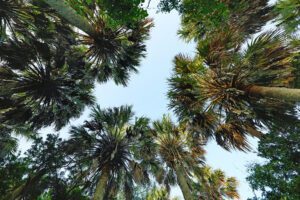Waterwise
A little information on Texas Sabals One palm native to the Rio Grande Valley is the Texas Sabal. Seen in many brush lines and native brush in the valley, this palm has a stockier trunk than the Florida’s cabbage palms. The leaf margins (boots) tend to remain on the trunk for many years, giving it…
Read MoreWe hear a lot these days about how important native trees and plants are. Cedar Elms are one of my favorite native Texas trees. Here are five of the things I most love about cedar elms! GREAT FOR URBAN YARDS! Cedar Elm doesn’t grow as wide a canopy as some shade trees so it’s a…
Read MoreSunday was the perfect day to spend outdoors – cool and sunny. After burning the branches already in the fire pit, we wandered through the yard trimming dead wood to keep the fire going. It gave us a chance to take a good look at our trees – how they’ve grown, what looks good, and what…
Read MoreA signature plant of south Texas, the mesquite tree’s popularity as a landscape tree is growing rapidly. Its spreading canopy gives dappled shade and relief from our brutal summer sun. The mesquites pictured above are growing along a slope leading down to a resaca. Mesquite trees are not picky about the soil…
Read MoreThe following is a post from a few years ago on our old blog. Since we are nearing our dry season, I thought it would be a good re-run! In our neck of the woods, we often go for months without measurable rain. Driving around the Valley, it appears that lots of people have just thrown their arms in the…
Read MoreThe honey mesquite tree (Prosopis glandulosa) is a pod-bearing tree native to South Texas. This time of year, you may notice the sap oozing from parts of the trunk and branches. Well, that’s exactly why it’s called HONEY Mesquite. Some may say it’s for the sweet, honey producing flowers but I don’t think it’s that…
Read MoreTexas Persimmons, also known as Chapote, is a small semi-deciduous tree with dark green leaves. It is often low forking or multi-trunked. In South Texas, Texas Persimmons performs much like a live oak, retaining its leaves throughout the winter and then dropping them shortly before flushing fresh leaves in the spring. It prefers well drained, alkaline soils. …
Read MoreAlthough not technically a tree, one of our favorite “trees” is Yucca trecleana, or Spanish Dagger. This is a water-wise plant commonly found in brush lines and in the ranch country. It has stiff wide leaves with extremely sharp tips. I’ve read that an Indian tribe used these leaves to stab around…
Read MoreIt is rare that I ever see a rostrata blooming. Ours were five years old before the first bloom – and then it wasn’t like the entire field bloomed – less than 5% had a flower stalk. The flower spikes are less structured than other Yuccas but the petals are large, airy, and quite striking.…
Read MoreTexas Sabal is the one palm native to the Rio Grande Valley. Twenty years ago, the last large native stand was in Brownsville but they are making a come-back. Large specimens can be seen in many of the brushlines and native brush. It looks similar to Florida’s cabbage palm but with a stockier…
Read More